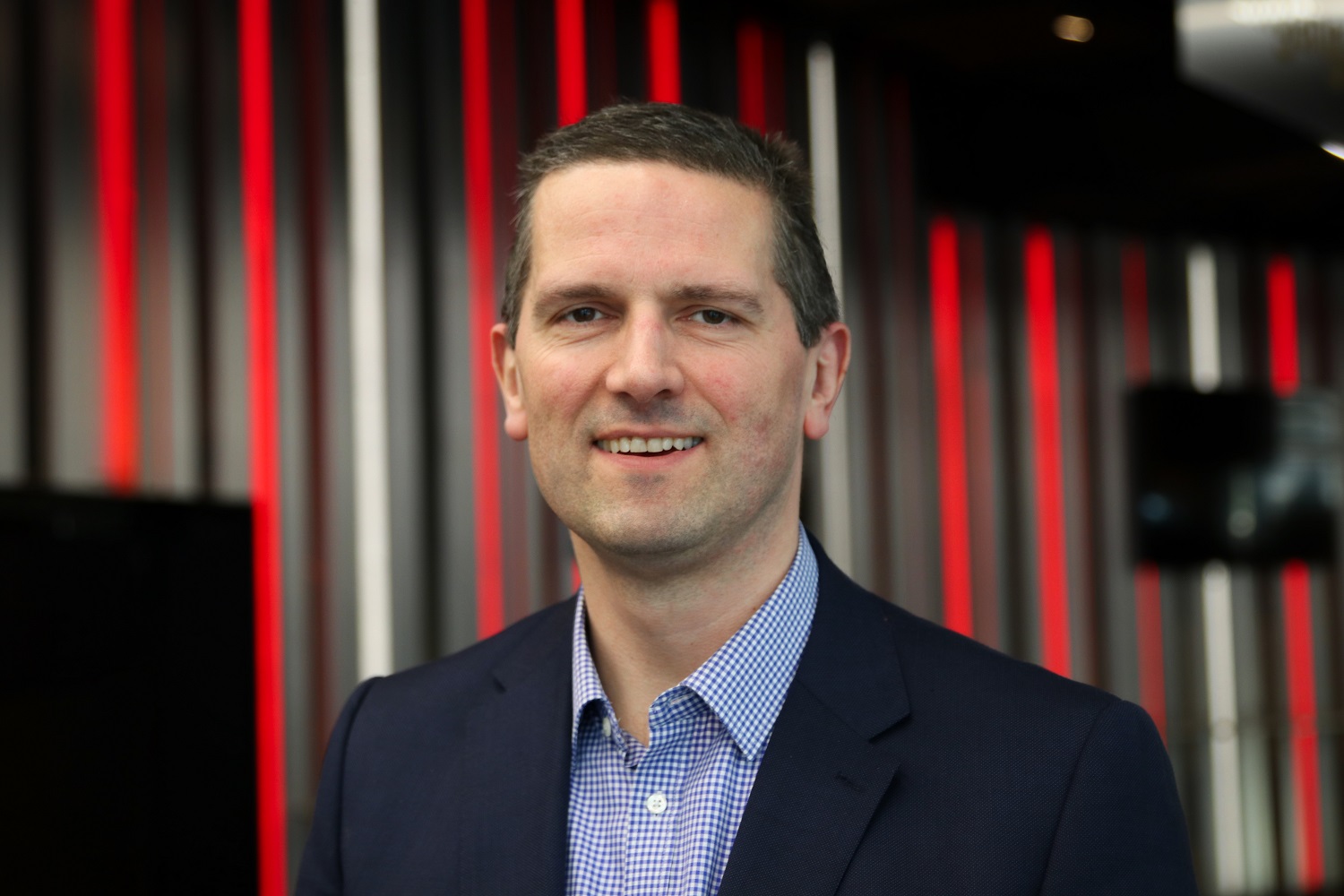
Dave O’Shaughnessy, Healthcare vertical lead for APAC and EMEA, Avaya
Like its global counterparts, Asia-Pacific’s (APAC) healthcare sector faced tremendous challenges stemming from the onset of the COVID-19 pandemic. Since being forced to improvise almost overnight in the early stages, the industry has consistently dealt with unexpected surges in patient numbers, an extensive need to upskill and retrain health professionals, and pressure to personalise care, among other hurdles – all while managing day-to-day operational continuity.
These factors led healthcare to almost unanimously expedite technology investment. In fact, data from analyst firm Ecosystm found 96 per cent of South East Asia’s providers started or re-aligned their digital transformation roadmaps last year.
Technology priorities are also changing, now fully geared to taking customer experience (CX) to new heights through personalised patient experiences, collaboration and remote work, process automation, and employee experience. Providers are asking themselves how they can: communicate with agility; provide automated and managed notifications without human intervention; and leverage digital tools to bolster patient administration and interactions.
While the roadmap for the health crisis is unclear, 2022 is poised to be truly evolutionary for healthcare providers, and will be defined by four distinct CX trends.
Renewed focus on remote care
Historically, teleconsultations were reserved for servicing remote and underserved regions, as well as helping traveling patients (particularly in medical tourism). With COVID-19 prompting at least some level of remote care across the industry, healthcare providers are focused on converting temporary measures into permanent frictionless consultations using digital technologies.
However, more than just leaning on off-the-shelf, siloed video conferencing software, providers must ensure the technologies they implement can integrate into and interoperate with existing workflows to avoid disruption and simultaneously secure buy-in from the workforce that will use it.
Once effectively connected into broader operations, delivering on user experience returns multitudes of benefits – from relieving over-burdened clinics and hospitals, through to increasing support for patients living with chronic disease and/or low mobility, and ensuring timely mental health provisions, for example. Staff will no longer need to jump through hoops and tolerate manual processes to get the job done, freeing them to focus on delivering care.
Proactive, engaged healthcare
The experiences of the last two years reflect the need for a unified patient experience whether it’s for basic, everyday queries, or complex medical advice.
It wasn’t long into the pandemic that healthcare providers realised they weren’t adequately prepared to handle the load on agents and frontline employees being contacted by patients needing care. Most relied on inefficient, automated voice systems that could only field calls about administrative enquiries, leading to slow bookings and issue resolutions.
As it stands, only 25 per cent of APAC healthcare organisations offer an omnichannel experience that allows patients to decide when and how they want to engage, according to Ecosystem. This reflects a significant opportunity for providers to uphaul their contact centres to enable flexible, multi-experience engagement, and equip their agents to not just respond to rudimentary inbound requests, but proactively cater to incredibly diverse patient needs.
Composable communications for speed and agility
Audrey William, Principal Advisor at Ecosystm, says, “Even though we are seeing huge advancements in the vaccination administration programs, there will continue to be a need for healthcare systems the world over to ensure that their patient notification and vaccine distribution systems are operating with speed, agility, and at scale to limit procedural delays or restrict further outbreaks.”
In addition, citizens increasingly expect interactions with service providers – including the healthcare industry – to be highly-responsive and deliver first-time resolutions through personalisation.
Juggling these extensive responsibilities can be simplified through tailored communications services that allow providers to establish adaptable, customised workflows and processes based on real-time information. That means hospitals, for example, won’t only be able to send mass outbound notifications, but also give their patients the ability to return communication via voice-to-text, record short videos for clinicians to review, and supply crucial information as its needed, and really enriching the patient engagement value to their healthcare journey.
William notes communications platform-as-a-service (CPaaS), a type of cloud development service, will be vital to automate and simplify communications processes in order to drive an increase in these capabilities.
Augmenting with Artificial Intelligence
Healthcare experts are inundated with volumes of work as unprecedented as the pandemic. However, large chunks of their time are consumed by repetitive, low-value tasks that take them away from supporting patients.
Conversational AI, typically in the form of chatbots, has gained serious momentum as a solution to this burden. In the last year, these solutions have been increasingly deployed by government agencies and healthcare organisations in APAC.
With the ability to analyse the most common enquiries, AI-enabled solutions handle the most frequently asked questions and everyday tasks. They can provide the locations and operating hours of COVID-19 test centres, assist with scheduling vaccinations, and tackle basic healthcare concerns so patients don’t overload clinic waiting rooms.
Furthermore, when integrated with clinical decision support systems, conversational AI can offer a level of personalisation by giving answers based on existing medical records to authorised individuals. In the instance it can’t resolve a query, conversational AI has the ability to refer patients to the most suitable clinician to take over.




